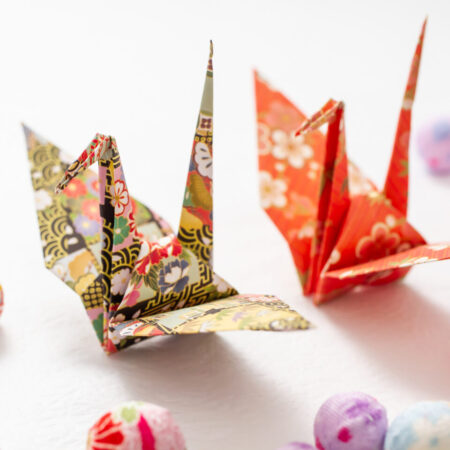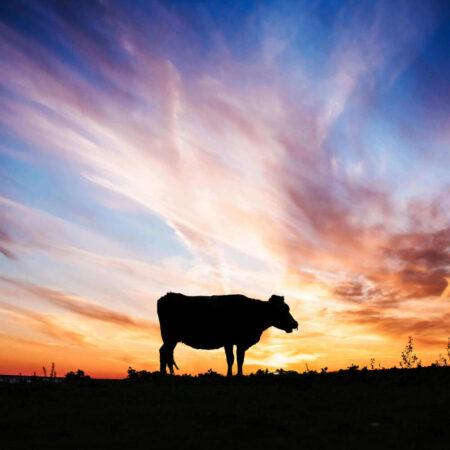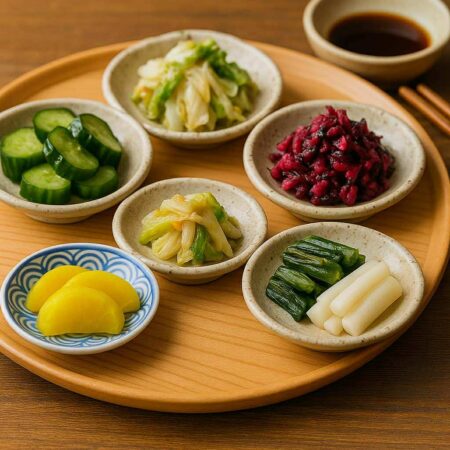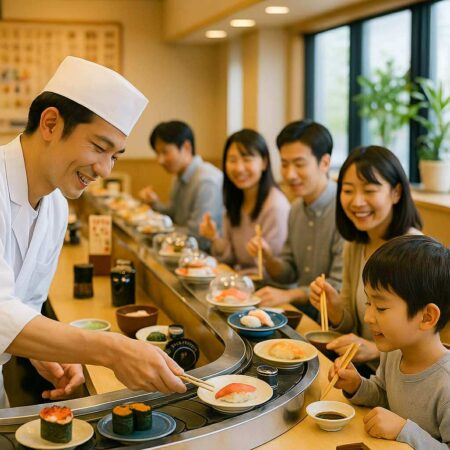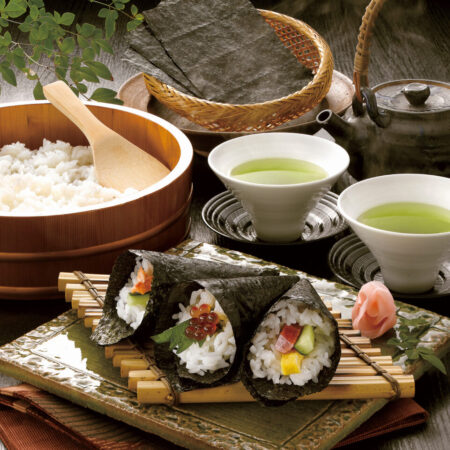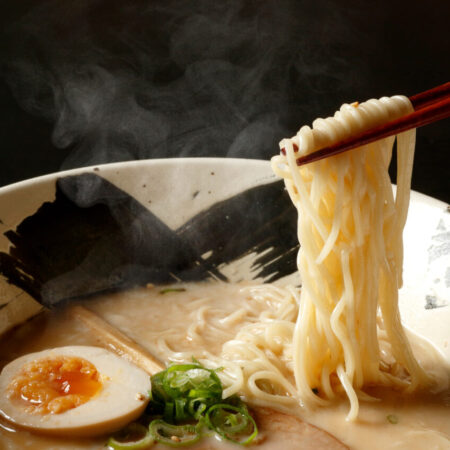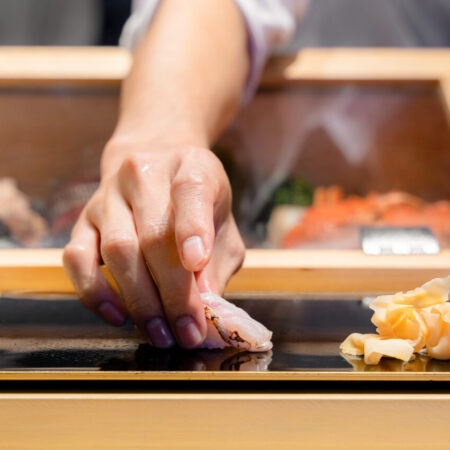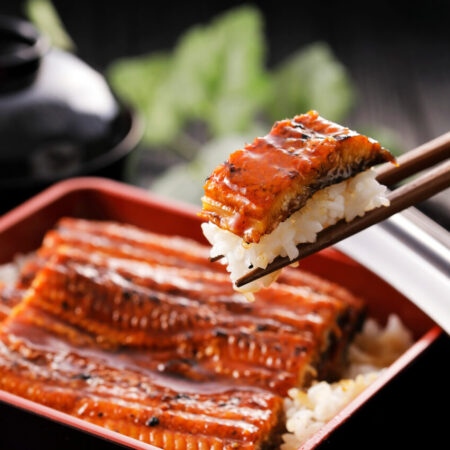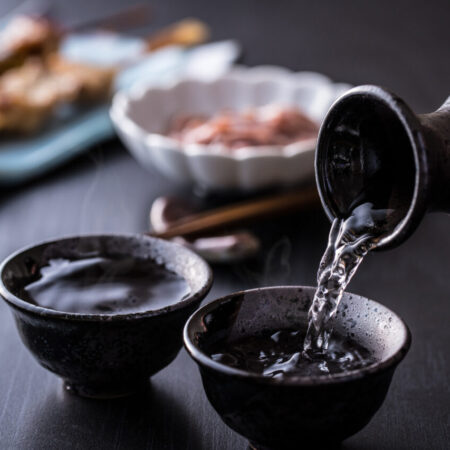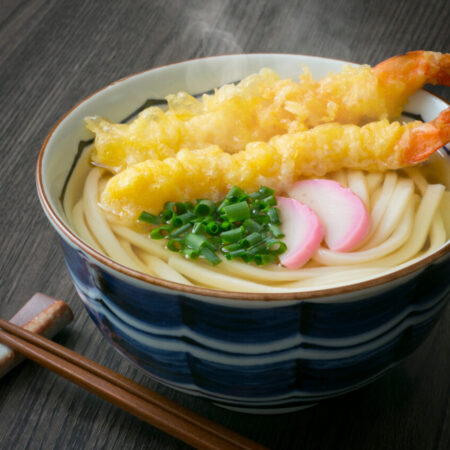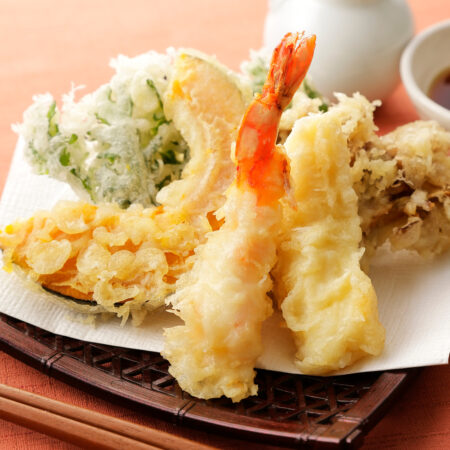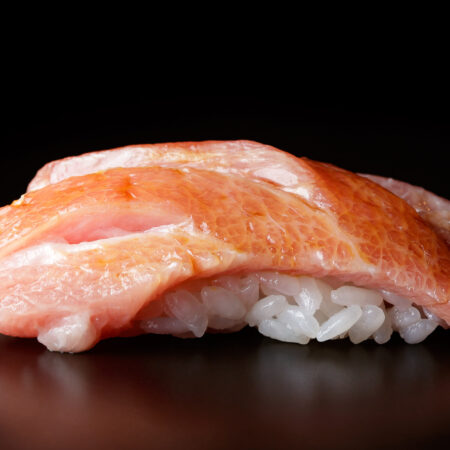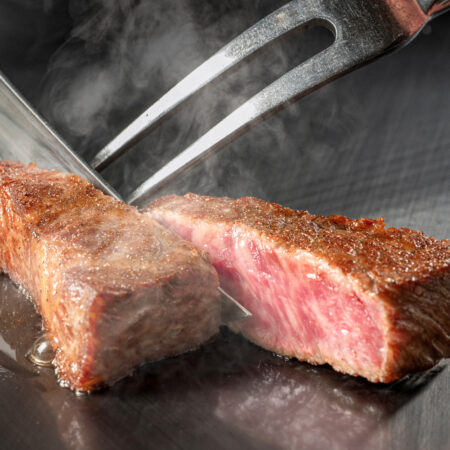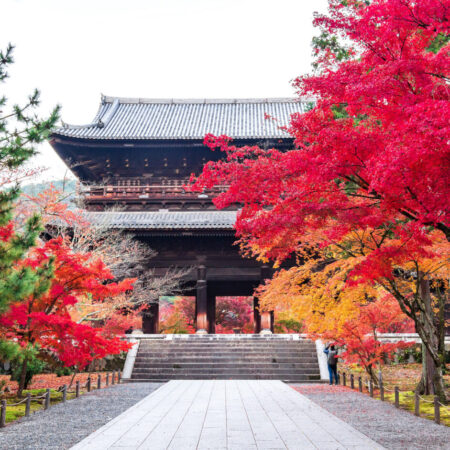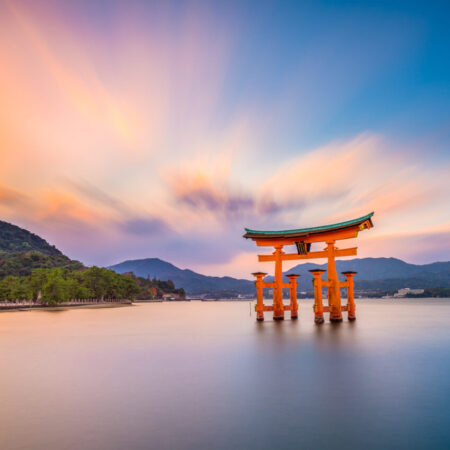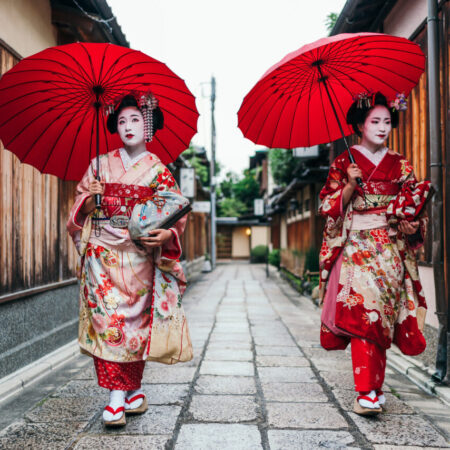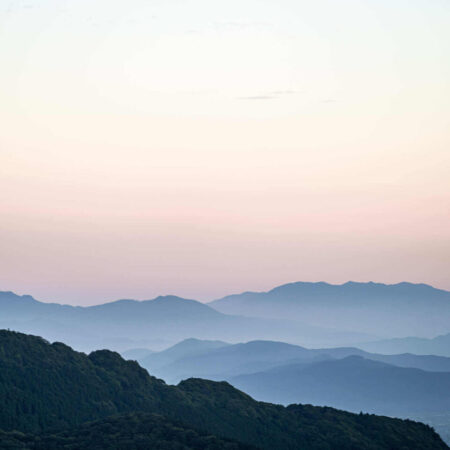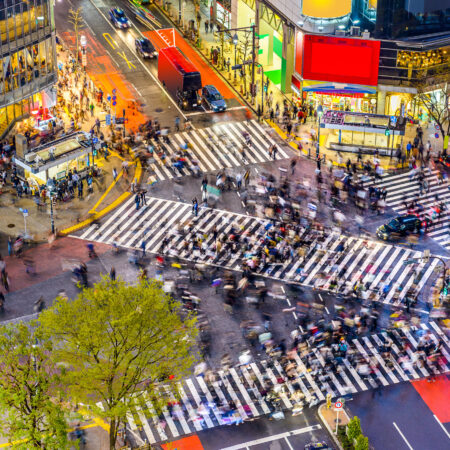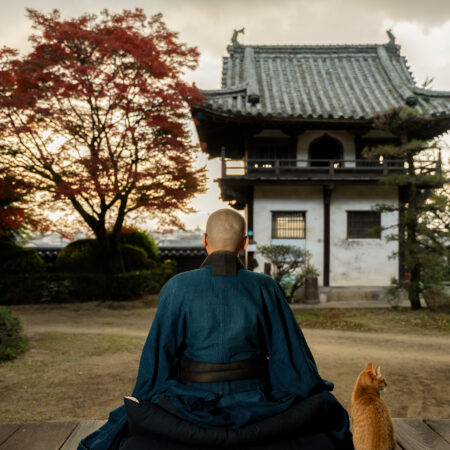Fireworks are believed to have been introduced to Japan from China around the 7th century, boasting a long history in the country. Initially used for religious rituals and to ward off evil spirits, they gradually gained recognition for their beauty, evolving into a form of entertainment. The oldest recorded fireworks festival in Japan is the Sumidagawa Fireworks Festival (Tokyo), which first took place in 1733. It is said to have originated during the Genroku era to honor victims of famine and disease, as well as to pray for the end of the epidemic. Initiated by the 8th Shogun Tokugawa Yoshimune, this festival has continued its tradition and is one of the most historical fireworks events in Japan. The success of this festival led to the establishment of similar events in other regions.
History
History of Fireworks
Festivals
Renowned Fireworks Festivals
A hallmark of Japanese summers, fireworks festivals are held across the nation during this season. While the specific number of events varies, there are over 500 locations where fireworks festivals are held annually. Some sources even mention nearly 700 to 800 locations. These events are not limited to large city-based displays but are a characteristic of small towns and villages in rural areas, each with their own unique fireworks displays. The Nagaoka Festival Grand Fireworks Display (Niigata Prefecture) is particularly famous for having the highest number of launched fireworks. Over two days, the total number of fireworks launched can exceed 20,000. The Nagaoka fireworks are known not only for their quantity but also for their technical prowess and artistic quality, attracting numerous tourists every year.
Types
Blossoms in the Sky: Three Representative Types of Launched Fireworks
Among launched fireworks, spherical fireworks, split-shell fireworks, and willow fireworks are especially iconic. Spherical fireworks, true to their name, burst into perfect spherical shapes in the sky, captivating viewers with their simple yet beautiful spectacle. Split-shell fireworks involve creating specific patterns or shapes in the air, showcasing technical precision. Shapes like hearts, smiles, and stars evoke a sense of wonder when successfully executed. Willow fireworks depict falling branches of willow trees, cascading gracefully in the air, creating a mesmerizing and fantastical atmosphere. Each of these fireworks possesses its own allure, making them indispensable in the orchestration of fireworks festivals.
Origin
Origin of the Chants "Tamaya!" and "Kagiya!"
The cheers “Tamaya!” and “Kagiya!” often heard during fireworks displays trace their origins back to the Edo period. These chants were derived from the names of two competing firework businesses, Tamaya and Kagiya. In the past, spectators would shout the names of the firework businesses they supported while enjoying the stunning visuals.
Enjoyment
Experiencing the Magic of Summer in Yukata
Fireworks represent more than just a beautiful display in the sky. Japanese fireworks festivals are steeped in unique culture and tradition. Donning a yukata (summer kimono) and accessorizing with fans and geta (traditional wooden sandals) has been a cherished summer sight in Japan, maintaining its popularity from the past to the present. The combination of fireworks’ brilliance and the vibrant colors of yukata makes Japanese summer nights even more enchanting. Consider wearing a yukata to experience the traditional beauty and awe of a Japanese summer firsthand.
CULTURE
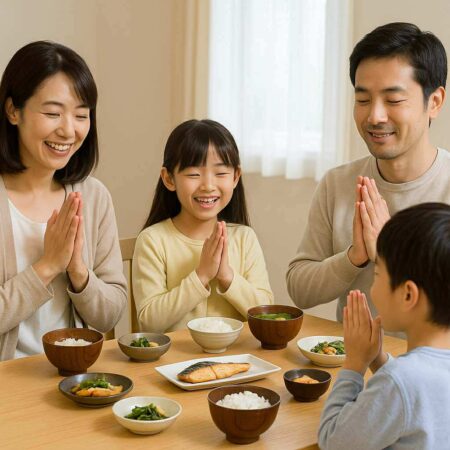
Why do Japanese people say “Itadakimasu”?
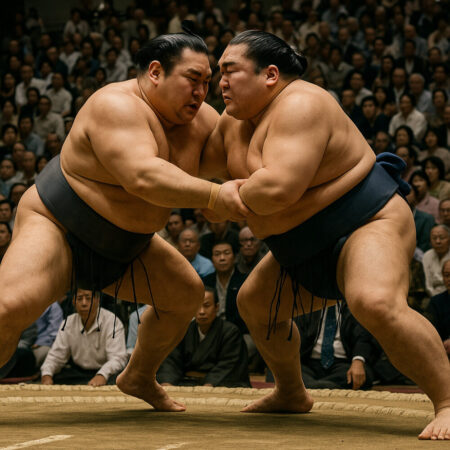
5 Fascinating Trivia about the Traditional Japanese Sport, “Sumo”
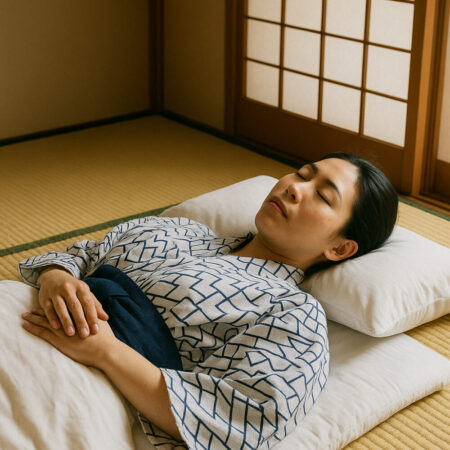
Why is Sleeping with Your Head to the North Bad? The Reason Lies in Old Japanese Folklore
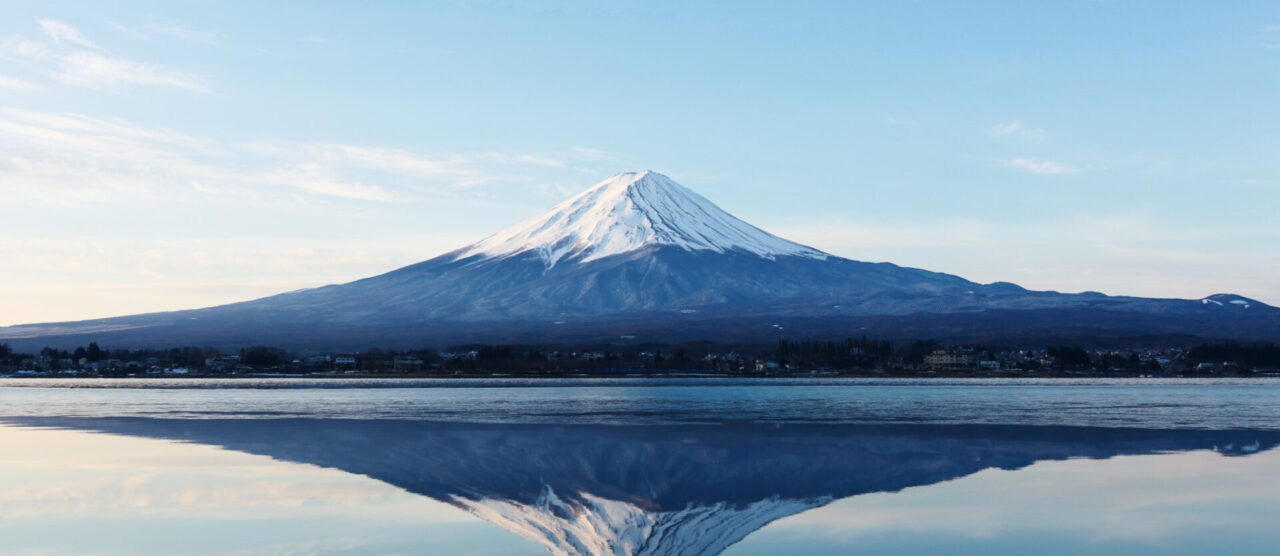
Recommended Halloween Events for 2023
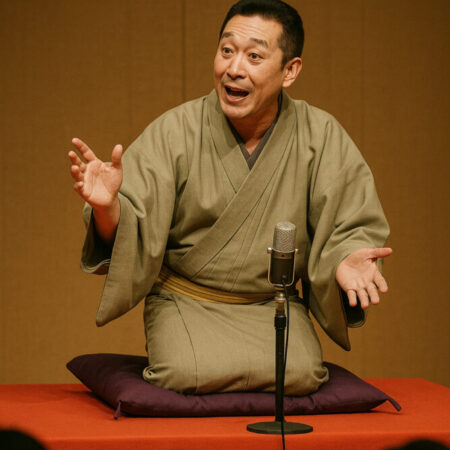
Discover the Traditional Japanese Storytelling: “Rakugo”!
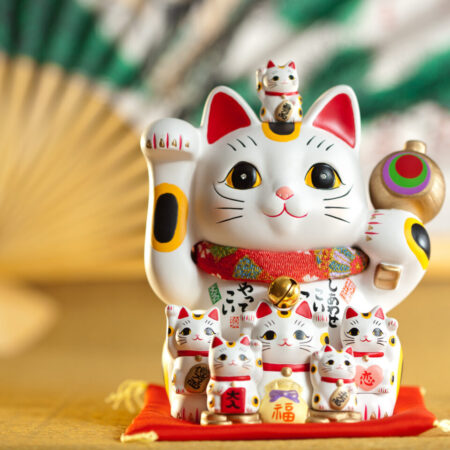
Guide to Maneki-Neko (The Beckoning Cat)
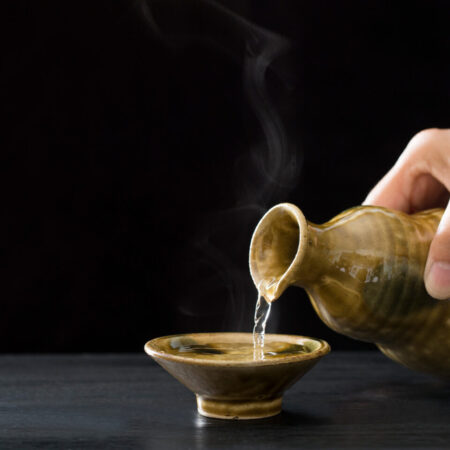
The Perfect Way to Enjoy Sake at Home and Its Pairing
